New Education Policy approved by the Union Cabinet of India, is a visionary step towards revamping India's education system. It is a transformative shift in the country’s educational landscape, aiming to make education more holistic, flexible, and globally competitive.
Table of Contents
- New National Education Policy: Overview
- Objectives of the New National Education Policy
- Key Issues and Challenges in Implementing NEP 2020
- Other Important Highlights of the New National Education Policy
- Challenges Regarding New National Education Policy
- Exam Structure as per New National Education Policy
- Requirements of the New National Education Policy
- Conclusion
The New Education Policy (NEP) also known as New National Education Policy was approved by the Union Cabinet of India with the aim of reforming India's education system by reducing school curriculums and eliminating MPhil programs. The New National Education Policy (NEP) 2020 marks a transformative shift in the country’s educational landscape, aiming to make education more holistic, flexible, and globally competitive.
It replaces the previous National Policy on Education (NPE) 1986 and introduced several significant reforms across the school and higher education sectors.
New National Education Policy: Overview
The government has adopted a new national education policy, eliminating the 10 + 2 structure. The curriculum was reorganized into five parts: primary to second grade, third to fifth grade, sixth to eighth grade, and ninth to 12th grade.
The new national education policy aims to position India as an International Education Hub and a superpower in the world. Candidates can go through 15 key things regarding new education policy and the new national education policy overview stated below.
| Overview of New Education Policy 2020 | |
|---|---|
| Name of Scheme | New Education Policy 2021 (NEP) |
| Name of Ministry | Union Cabinet Minister for Human Resource Development, Government of India |
| HRD Minister | Dr. Ramesh Pokhriyal Nishank |
| Launched by | Central Government of India |
| Beneficiaries | Students of India |
| Major Benefit | Provide New Reforms and Infrastructure in India |
| New Education Policy 2020 Launched Date | 29 July 2020 |
| Scheme Objective | Education System Reform |
| Scheme under | State Government |
| Name of State | All India |
| Post Category | Scheme/ Yojana |
| Official Website | www.mhrd.gov.in |
| New Education Policy PDF | Download Now |
Objectives of the New National Education Policy
Accessing the best education system is the race that everyone falls for, but it is important to understand the basics, such as the Indian Education System vs Foreign Education System. In essence, the NEP 2020 aims to make the Indian education system more inclusive, equitable, relevant, and future-ready, preparing students for life in a rapidly changing world while instilling a deep sense of pride in India's rich culture and values. Here are the key objectives of the new national education policy 2020, often summarized by its five foundational pillars: Access, Equity, Quality, Affordability, and Accountability.
- Universal Access to Quality Education
- To ensure that every child, regardless of their background, location (rural or urban), or socio-economic status, has access to quality education from early childhood (age 3) through higher education.
- To achieve 100% Gross Enrollment Ratio (GER) in school education by 2030 and increase GER in higher education to 50% by 2035.
- To bring back 2 crore out-of-school children into the mainstream through various initiatives, including open schooling.
- Multidisciplinary and Holistic Education
- To promote critical thinking, creativity, and problem-solving abilities while eschewing memorization.
- To encourage a flexible, heterogeneous curriculum that does not strictly distinguish between academic and vocational streams, extracurricular and curricular activities, or the arts and sciences.
- To support students' holistic growth, which includes their moral, emotional, physical, social, and intellectual abilities.
- Integration of Technology
- To leverage technology in education through digital infrastructure, e-content development, and online platforms for learning, assessment, and administration.
- To establish the National Educational Technology Forum (NETF) to facilitate the exchange of ideas on technology use in education.
- Vocational Education Integration
- To integrate vocational education into mainstream education from Grade 6 onwards, including internships, to enhance employability and prepare students for various professions. The goal is to ensure at least 50% of learners have exposure to vocational education by 2025
- Higher Education Reforms
- To transform higher education into large, multidisciplinary universities and colleges, moving away from fragmented single-stream institutions.
- To introduce flexible undergraduate programs with multiple entry and exit points, an academic bank of credits (ABC), and integration of vocational education.
- To promote quality research and innovation through the establishment of a National Research Foundation (NRF).
- To internationalize education in India by encouraging foreign universities to set up campuses and promoting research collaborations.
The policy aims for inclusive education, addressing the deep-seated socioeconomic disparities, gender gaps, and challenges faced by disadvantaged groups (Socio-Economically Disadvantaged Groups - SEDGs) require targeted interventions and sustained efforts beyond policy directives.
Key Issues and Challenges in Implementing NEP 2020
The New National Education Policy aims to make education more holistic, flexible, multidisciplinary, and aligned with 21st-century skills. While lauded for its visionary approach, the implementation of NEP 2020 comes with its own set of significant issues and challenges.
- Funding Constraints and Resource Allocation
- The 6% GDP Target: The long-standing suggestion to raise public spending on education to 6% of GDP is restated in NEP 2020. But India has continuously failed to meet this goal. Reaching this significant financial commitment is essential for technology integration, teacher training, curriculum development, and infrastructure upgrades.
- Inadequate Investment: To set up new institutions, enhance research, and promote innovation, a huge substantial financial investment was required. Without adequate and sustained funding, these ambitious goals may remain on paper.
- Teacher Training and Capacity Building
- New Pedagogies: The NEP places a strong emphasis on moving away from memorization and toward experiential learning, critical thinking, and conceptual comprehension. Millions of instructors at all levels will need to undergo considerable and ongoing professional development as a result of this fundamental shift in teaching approaches.
- Shortage of Qualified Trainers: There are not enough qualified trainers to educate current educators the new teaching techniques and abilities. In order to close this gap, programs like NISHTHA must be significantly expanded in both scope and efficacy.
- Recruitment and Retention: It's still difficult to draw the best people to teaching, especially in rural regions, and to make sure they keep improving as professionals
- Digital Divide and Infrastructure Gaps
- Technology Access: Although the NEP encourages digital learning and technology integration, there is still a sizable digital divide, particularly in rural and isolated places with limited access to gadgets, dependable electricity, and the internet.
- Infrastructure Upgrade: In order to successfully adopt technology-driven learning, many schools and higher education institutions lack the digital infrastructure—such as computer labs, smart classrooms, and fast internet.
- Digital literacy of teachers: It is essential to make sure that all educators are proficient in using technology for instruction and learning.
Also Check: What is Quality Education? Meaning and Importance
Other Important Highlights of the New National Education Policy
There are several changes in the new national education policy that has been implemented in the Indian education system. Candidates can go through the changes stated below.
- Children Can Start Schooling Early
- The new system will consist of 12 years of formal education and three years of Anganwadi/pre-school education. The 10+2 school curriculum framework will be replaced with a 5+3+3+4 curricular structure, emphasizing Early Childhood Care and Education (ECCE). Previously, children received three years of unofficial schooling called pre-schooling in the education system.
- Mother Tongue is the Medium of Instruction
- The New Educational Policy (NEP) emphasises native language learning as the primary teaching medium but doesn't promote compulsory language learning. The policy suggests using the mother tongue as an instruction medium rather than being mandatory.
- The home language, mother tongue, local language, or regional language will be used until Grade 5 or Grade 8 and beyond, after which the home or local language will be taught as a language. The mother tongue as the primary medium of instruction for students was not mandatory previously.
- No UGC, AICTE, NCTE Boards
- The Higher Education Commission of India (HECI) is established as a single umbrella body for all higher education in India, excluding medical and legal education. Regulation, accreditation, and academic standards will all be controlled by the same rules for public and private higher education institutions.
- The government will phase down college affiliation in 15 years and establish a stage-by-stage procedure for giving colleges graded autonomy.
- No More Science, Arts, and Commerce Streams
- The new education policy aims at no formal distinctions between arts and sciences, curricular and extracurricular activities, or vocational and academic programs. Candidates can select from a variety of disciplines throughout various streams. Students will get internships and vocational training in sixth grade.
- Education as a Profitable Investment
- The New Education Policy aims to bring together the central and state governments to collaborate to promote educational awareness among citizens. The collaboration seeks to boost the education sector by 6% of GDP to enhance the educational infrastructure in the country.
Also Check: Different Types Of Educational Technology for Highly-Engaged Classroom
Challenges Regarding New National Education Policy
The New National Education Policy has brought revolutionary change in the Indian Education System in the period. Yet, there are certain limitations in the New National Educational Policy. Candidates can go through the challenges in the New Educational Policy stated below.
- Funding and Resource Allocation
- The NEP proposes an increase in public investment in education to 6% of GDP, but the actual budget allocation remains a concern.Schools, especially in rural areas, lack the necessary infrastructure to support the changes introduced in the policy.
- Teacher Training and Availability
- Teacher preparedness is critical, but there is a shortage of well-trained educators who can adapt to the new curriculum and teaching methods.
- Continuous professional development programs require funding and a structured approach to upskilling teachers.
- Digital Divide and Technological Barriers
- The policy emphasizes digital learning and online education, but a significant portion of students in rural and economically weaker sections lack access to digital resources.
- Internet connectivity, electricity, and affordability of devices remain major hurdles in ensuring equal learning opportunities.
- Implementation Framework and Governance
- The decentralization of education governance creates inconsistencies in execution across different states.
- Coordination between central, state, and local bodies is essential to ensure smooth implementation and policy adherence.
- Vocational Education and Industry Collaboration
- Despite the introduction of vocational training from Grade 6, industries and educational institutions must collaborate effectively to provide meaningful skill development programs.
- Integration of vocational courses with mainstream education still faces logistical challenges.
Also Read: Modern Education System: Purpose, Benefits, Challenges
Exam Structure as per New National Education Policy
Previously, the exams were six months and yearly. But now they will be held as three milestones, at the end of the class 2nd, 5th and 8th. Candidates can go through the New National Educational Policy exam structure stated below.
1. Revamped Examination Structure
An updated educational framework, the 5+3+3+4 structure, presents a transformation and adaptation of the traditional learning system based on the needs of learners. It emphasizes foundational learning, middle schooling, secondary education, and high school stages. It aims to develop a holistic pedagogical atmosphere.
It will ease the burden and periodicity of assessments that keep children under pressure. The New Education Policy 2024 aims to reduce students' curriculum burden and promote inter-disciplinary and multilingual learning through significant changes to board exams, focusing on objective-descriptive formats and biannual mode.
2. Importance of Mother Tongue
The New Education Policy 2023 emphasises the importance of education in one's mother tongue, with the medium of instruction up to class 5 and potentially extended to class 8 in some schools.
This move reflects the linguistic foundation of education and aims to enhance students' comprehension, communication with teachers, and cultural connections. The policy aims to improve language proficiency and bridge cultural gaps despite the national debate on English as the primary medium of instruction.
Also Read: Importance of Drama and Art in Education in India
3. Interdisciplinary Curriculum
New Educational Policy encourages interdisciplinary and multilingual education. It aims to foster a flexible curriculum that nurtures diverse skills and promotes the seamless achievement of knowledge.
4. Coding and Experimental Education
In 6th grade, coding will become a crucial curriculum element. It will focus on practical and experiential understanding by integrating experiential learning methods. Thus, students will be more practical and exploratory rather than too inclined toward theoretical learning.
5. Focus on Students' Health
The New Educational Policy 2023 expands the mid-day meal scheme to include breakfast. It will incorporate counsellors and social workers to enhance students' health and mental well-being.
Also Check: 10 Benefits of Online Education
6. Multidisciplinary Bachelor's Degrees
A flexible 4-year undergraduate program with multiple exit points (certificate, diploma, bachelor's) that help students gain proficiency in a particular skill set.
7. No more M.Phil. Courses
The new education policy discontinues the M.Phil courses in universities and colleges. It focuses on introducing futuristic and career-centric courses.
8. Higher Education Commission
New Education Policy will establish a Higher Education Commission of India to regulate and manage higher education. It focuses on proactively enhancing enrollment ratios and ensuring higher academic standards.
9. Regulatory Councils
The New Educational Policy 2023 establishes a National Higher Education Regulatory Council to oversee higher education. The Higher Education Grant Council to financially support universities and colleges.
10. Internationalisation
The New Educational Policy encourages international collaboration. It will enable foreign universities and institutes to establish campuses and educational centres in India, thereby enhancing student exposure.
Also Check: 5 Advantages And Disadvantages Of Online Education
11. Fee Regulation
Both private and public universities will implement regulated fees to ensure equal access to quality education. Every student will get access to good faculty and better learning scopes.
12. College Affiliation
The policy will be phased out within 15 years, granting colleges autonomous status. Therefore, all the colleges will be able to provide high-quality education.
13. District-level Universities
By 2030, every district in the country will have at least one high-quality multidisciplinary institute of excellence. The New Educational Policy will expand access.
14. Multidisciplinary Universities
Indian universities will become major multidisciplinary institutions by 2040, becoming places for holistic education. The colleges will consist of multi-dimensional high-tech classrooms and a diverse curriculum for students.
Also Read: What Is Educational Counselling And Why Do You Need It?
Requirements of the New National Education Policy
The New National Education Policy 2020 addressed the shortcomings of the Indian education system. It highlighted setbacks, like memorization over understanding concepts, and multiple boards with different learning methods.
A primary objective of the policy was to bridge the gap between formal and informal education, addressing the lack of focus on vocational skills and the prioritisation of traditional subjects. A comprehensive and effective education system was intended to address these issues.
Thus, a new education policy came into existence, which focused on creative development and interest-based learning curricula.
Also Check: Importance of Adult Education
Conclusion
The New National Education Policy 2020 envisions a progressive and inclusive education system that fosters innovation, critical thinking, and lifelong learning. With its focus on holistic development and global standards, it aims to empower future generations and place India at the forefront of educational excellence. In order to successfully navigate the transition and genuinely turn India into a global knowledge superpower, it will take not only significant financial investment and strong infrastructure development but also a coordinated effort from all stakeholders, including the federal and state governments, educators, parents, students, and the larger community. To handle new problems and guarantee that the strategy is successfully implemented, it will be essential to employ ongoing monitoring, assessment, and flexible tactics.

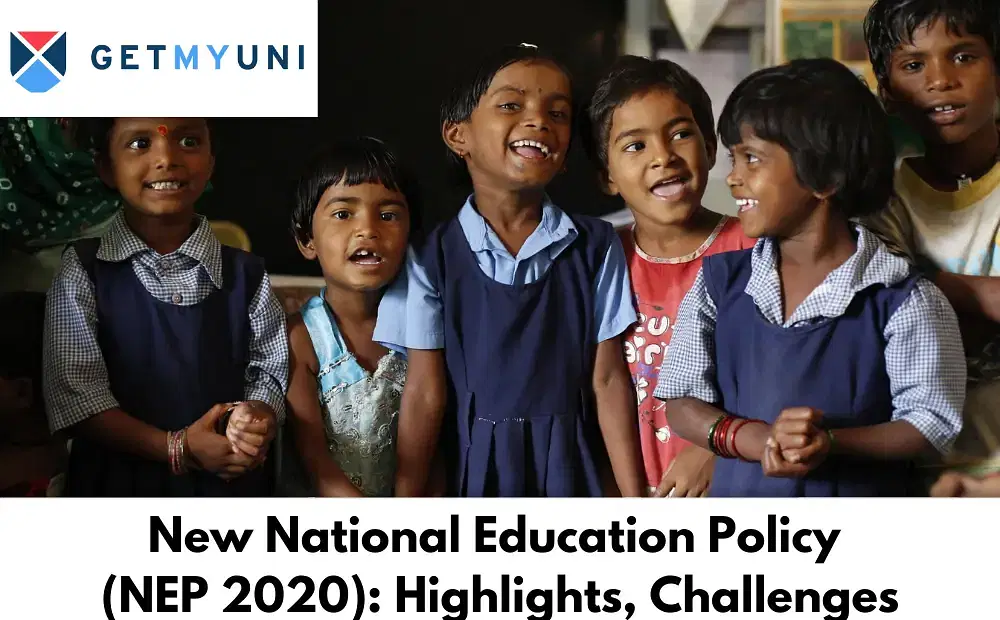
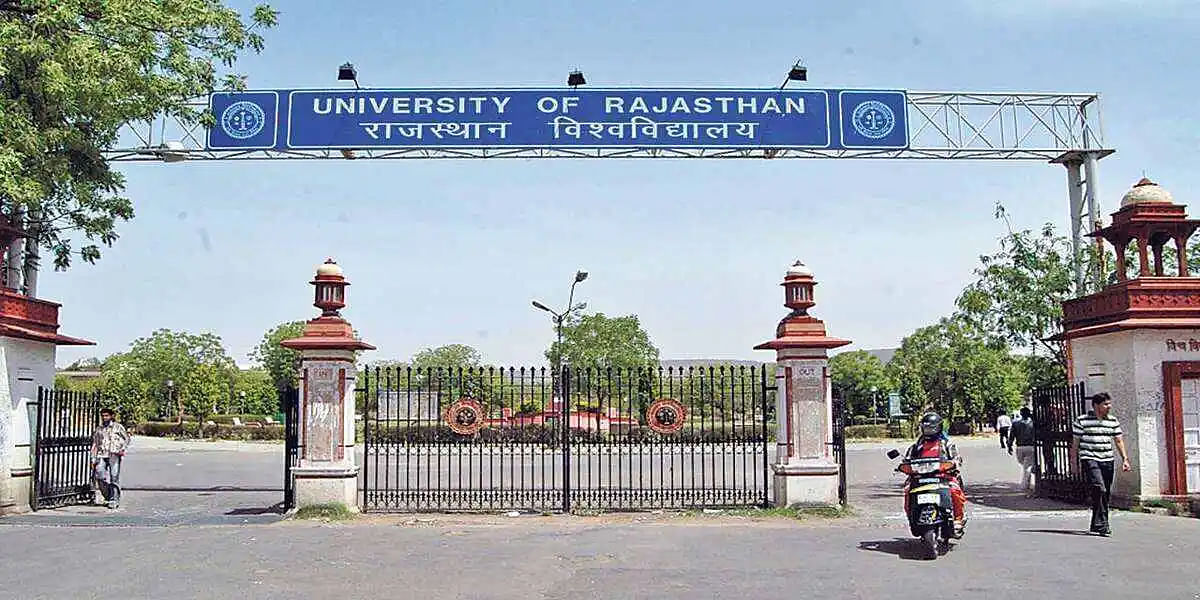


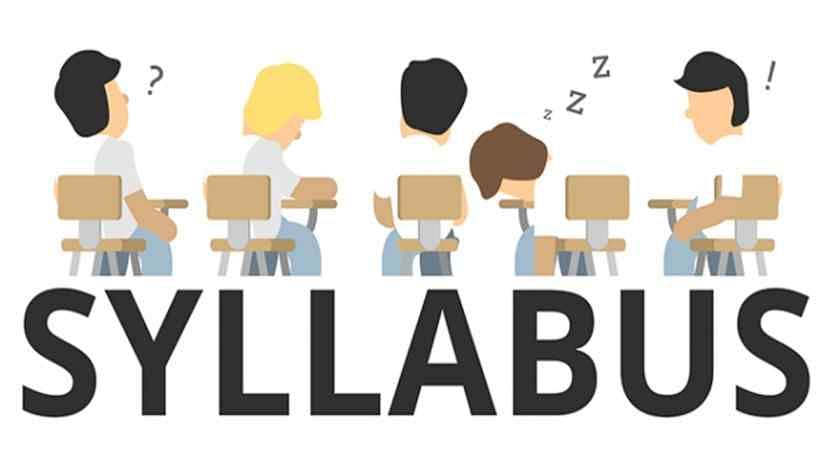

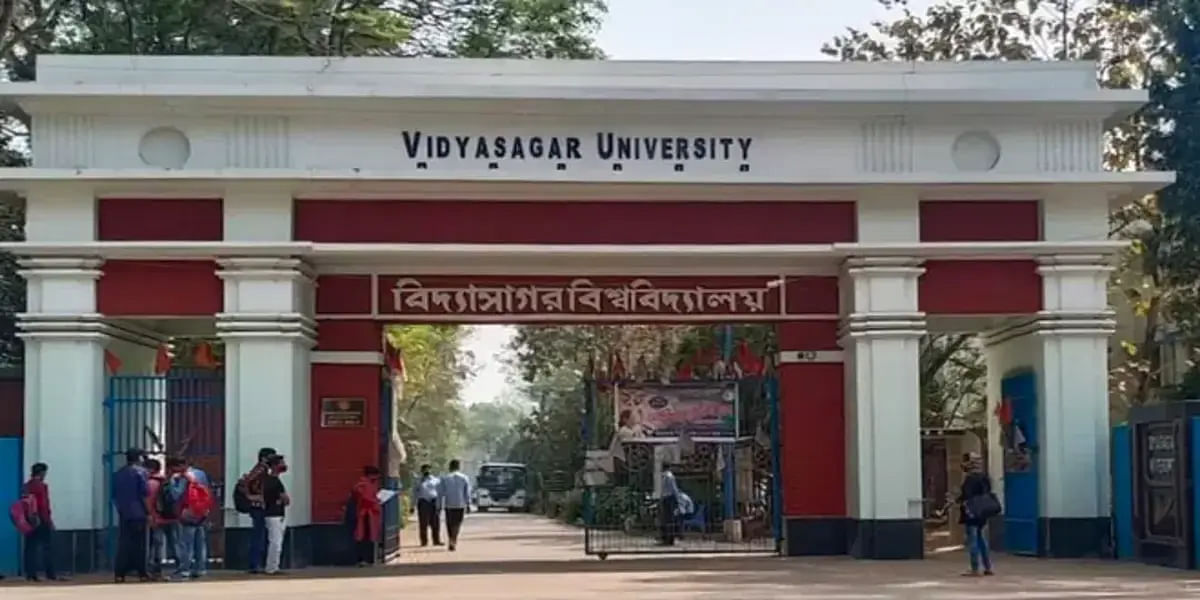
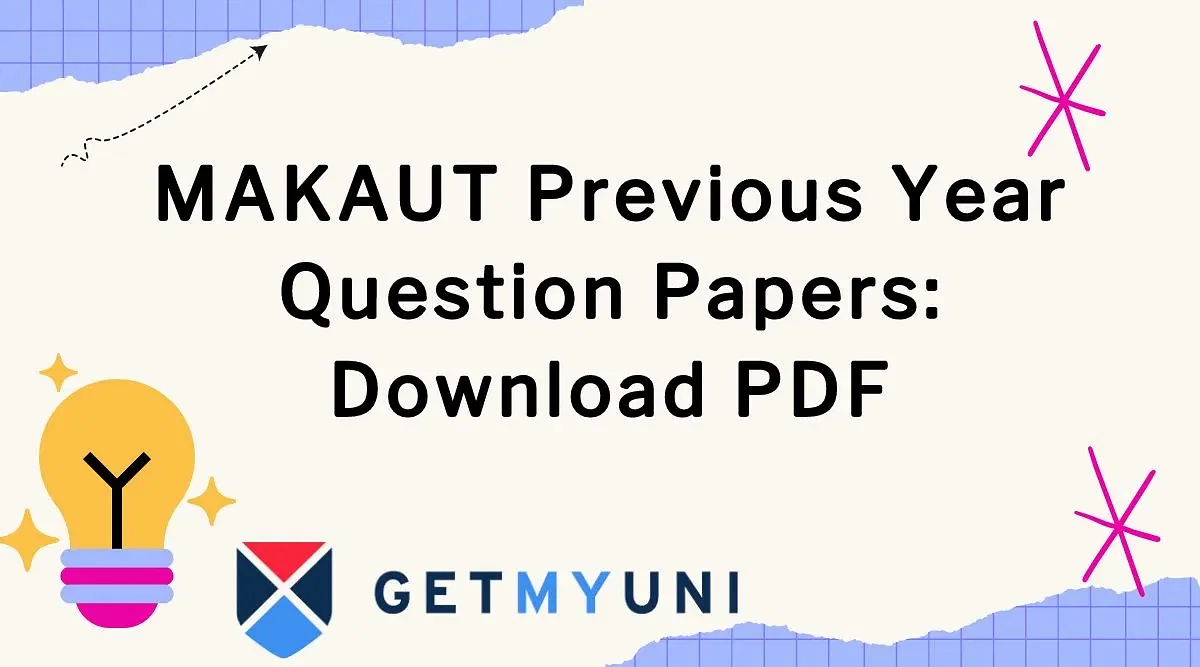


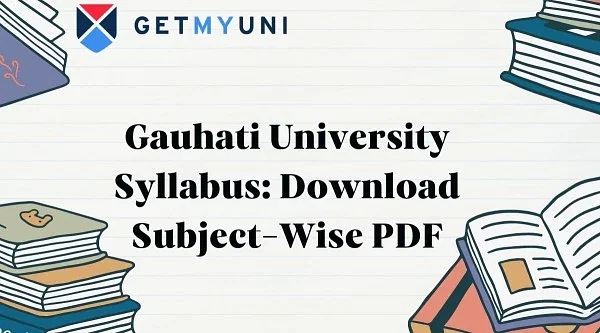



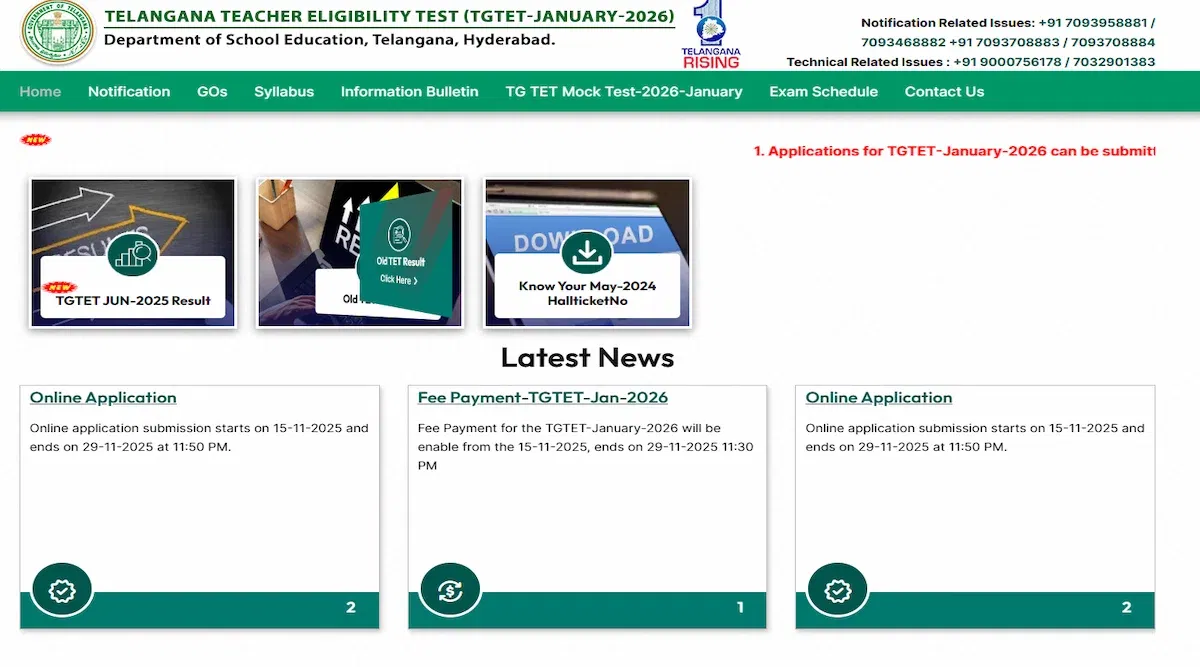


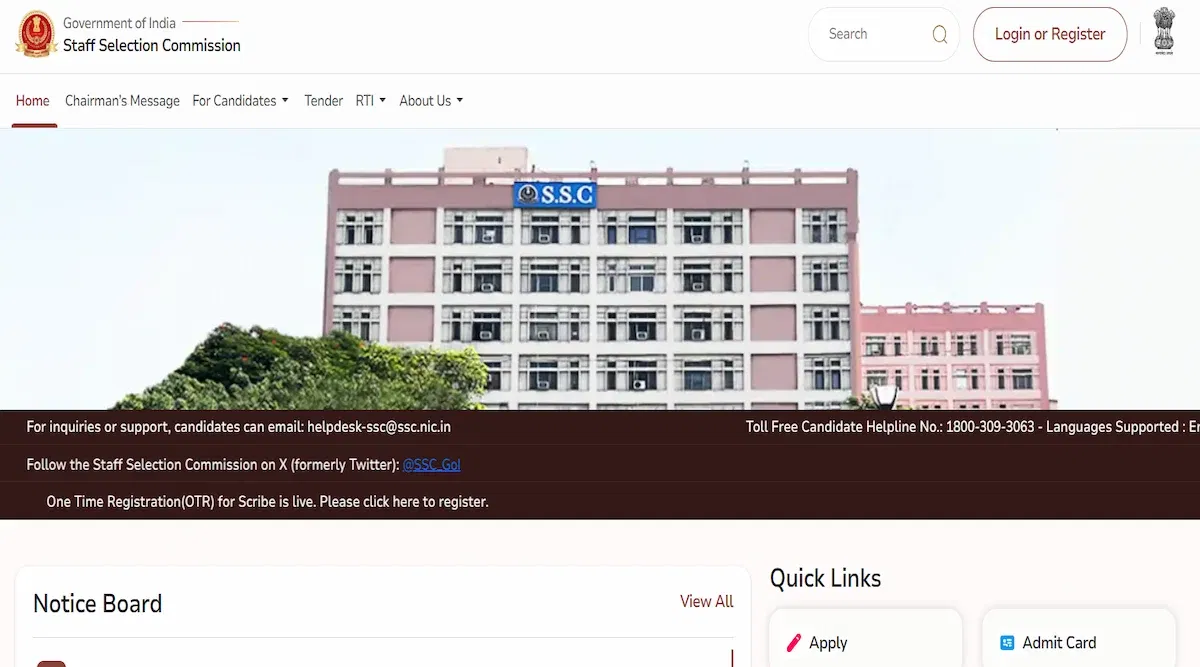




POST YOUR COMMENT